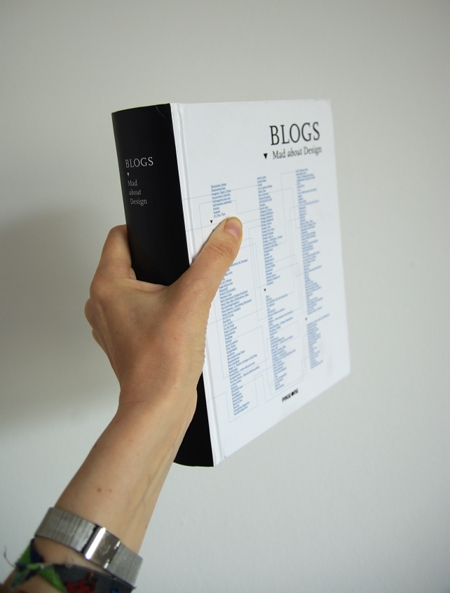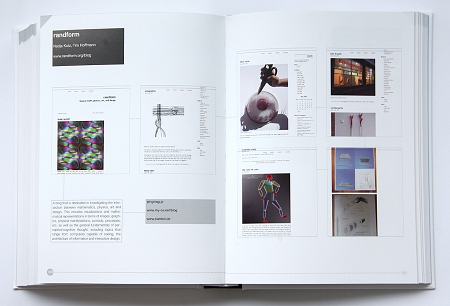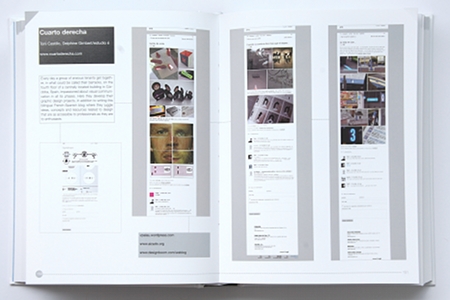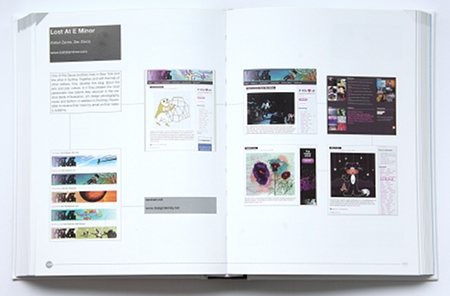In a recent post on his blog Terence Tao had the idea to scale the US budget and other data with the scale factor of 3/100 million. In particular the US population of 306.44 million shrinks -if one uses this factor- to about 9 people (306.44million/(100 million/3) =3.0644*3 =(approx) 9 people) which is about one to two average families. He did that in order to facilitate the comparision of the US-budget with a normal one-to-two family household budget.
I found that a useful visualization experiment and thus tried to do the same with the german budget – that is I used a scale factor which scales the population of Germany (originally 82.099 million down to 9, i.e. I used the factor 0.000 000 11 = 11/100 million (82099000*0.00000011 = 9.03..) and multiplied it with the corresponding amount in euro and in US-dollar (since I did this with an online currency calculator on different days there may be some variations). All calculations are without guarantee and I hope mistakes will be pointed out to me in the comment section. I abbreviate the number 1 billion = 10^9=1 000 000 000 with the letter B. So 1 B$ means 1 billion US dollar. Interesting figures are highlighted with an ->.
The revenues and spending in Germany are divided into the federal government (“Bund“) on one hand and the federal states (“Länder“) and districts (“Gemeinden“) on the other hand (here details in german). Both shares are very roughly the same. For example in 2005 the spending was
Bund 294.0 BEuro
Länder 259.3 BEuro and Gemeinden 153.3 BEUro
alltogether: 625.9 Beuro
I found no survey on the federal states and districts, besides this overall Länder and Gemeinden revenues and spending. The federal states are for example in charge for schools, I think they do not pay for military (?). However besides this the federal government budget (“Bund“) gives already quite a good overview over priorities.
I recovered the other data (like GDP etc.) to a great part from the federal office of statistics which hosts confusingly also the statistikportal. The website of this federal office is -mildly put- uncomfortable. That refers not only to the overall webdesign like for example it took me more than quite a while to find detailed readings on the GDP (since I started out at the statistikportal), but also to the overall accessability of data. For example I was also interested wether things like the Abwrackpraemie raise or lower the GDP or wether paying for volunteering could raise the GDP in some way…(just as a trick for the upcoming elections…), however in this GDP document it is even not possible to deduce within a reasonable amount of time which positions are summed over and which are subtracted.
Here some
general data:
National population 2008: 82.099 million 9 people
Germany Land mass: 357 021 sqkm
Germany Land mass/capita : 357 021 million sqm/82. 099 million persons = 4348 sqm
US Land mass:9 826 630 sq km
US Land mass per capita: 9 826 630 million sqm/306.44 million persons = 32113 sqm
But back to the budget discussion. The federal government (“Bund”) budget (Bundeshaushaltsplan) which is as explained above about half of the overall german budget is available as a pdf document here. From it one can read off a lot of the following figures (I tried approximately to reflect the ones Terence Tao chose). If there is no other link provided then the corresponding number in the below list is from this document.
Example: If the federal government (“bund”) has a budget of 283.200 BEuro for 2008 then this is a scaled budget of 283 200 000 000 Euro * 0.00000011 = 31152 Euro. Since this is as explained above about one half of the overall german budget the state family of 9 has thus an approximate budget of 2*31152 Euro =
->(approx) 60 000 Euro (per year).
That is 2* 383.343 B$=2*383 343 000 000$ which gives a scaled budget of 2*42167 $ =(approx) 84 000 $ (per year) which is in the same range as the US budget of 75 000 $ (per year), which appears in Terence Taos list. Compare these 60 000 Euros to the salary of 500 000 Euros which are not enough for the best.
German budget numbers rescaled to a family of 9:
The green number is a real budget number which is rescaled to the budget of a “family of 9 people” in Euro, the blue number gives the same amount in dollar so that it is comparable with the US budget in Terence Taos list.
Total revenue (Bundeshaushalt): 283.200 BEuro 42167 s$ 31 152 Euro 42 168 $
Total spending: 283.200 BEuro 42167 s$ 31 152 Euro 42 168 $
Social Security alltogether (including health insurance, unemployment payments, etc.):140.322 BEuro 189.822 B$ 15 435 Euro 20 880 $
- Health insurance: 3.692 BEuro 4.993 B$ 406 Euro 549 $
- Children payments (Kindergeld): 0.3 BEuro 0.41 B$ 33 Euro 45 $
- Social Security/unemployment payments: 94.313 BEuro 127.614 B$ 10374 Euro 14038 $
- consequence of war payments: 3.200 BEuro 4.332 B$352 Euro 477 $
Health, environment, sports and recreation: 0.998 BEuro
1.349 B$ 109 Euro 148 $
Traffic and Infromation services: 11.149 BEuro 15.077 B$ 1226 Euro 1658 $
- Autobahn:3.323 BEuro 4.496 BEuro365 Euro 494 $
->Defense: 29.299 BEuro 39.639 B$ 3222 Euro 4360 $
Foreign affairs (Auswärtige Angelegenheiten):7.457 BEuro 10.091 B$ 820 Euro 1110 $
Education: 13.758 BEuro 18.624 B$ 1513 Euro 2048 $
- Department of Education: 2008 budget 9.350 BEuro 12.655 B$1028 Euro 1392 $
- Department of Education: 2009 budget (planned): 10.2 BEuro 14.262 B$ 1122 Euro 1569 $
- DFG (Deutsche Forschungsgemeinschaft) 0.840 BEuro
1.136 B$ 92 Euro 125 $
- Maths & Physical Sciences: ?
couldn’t find a total number but humanities, natural sciences (i.e. chemistry, physics, math, geosciences), life sciences and engineering hold each about an equal share) so
- natural sciences approx: 0.210 BEuro 0.284 B$ 23 Euro 31 $
->Debts, Interest payments: 41.855 BEuro 4604 Euro 6200 $
Savings: 0
Additional spending cuts: ? -> keynote of DFG president addressing potential budget cuts
Global War on Terror: ????
Energy and Water management: 4.937 BEuro 6.898 B$ 543 Euro
759 $
ESA: ?
-> economic stimulus’ related to the car industry:
- Abwrackpraemie (car scrapping bonus) (source) 5 BEuro 7.068 B$ 550 Euro 779 $
- Opel retrieval (which is without any environmental requirements if I understood correctly):
- bail: 4.5 BEuro 6.361 B$ 495 Euro 700 $
- temporary loan: 1.5 BEuro 2.120 B$ 165 Euro 233 $
- cars and electricity: economic stimulus for electromobility: 0.5 BEuro 0.706 B$ 55 Euro 77 $
comment: de facto this amounts to a percentual decline in investments in renewable energies, which seems to be an overall trend – the International Energy Agency estimates that
“for 2009 as a whole investment in renewables could drop by as much as 38%, although stimulus provided by government fiscal packages can probably offset a small proportion of this decline”
->German Financial market stabilization package: 500.000 BEuro 700.000 B$ 55 000 Euro 77 000 $
->Budget deficit:1 564.209 BEuro 2 193.921 B$ 172 063 Euro 241 331 $




